



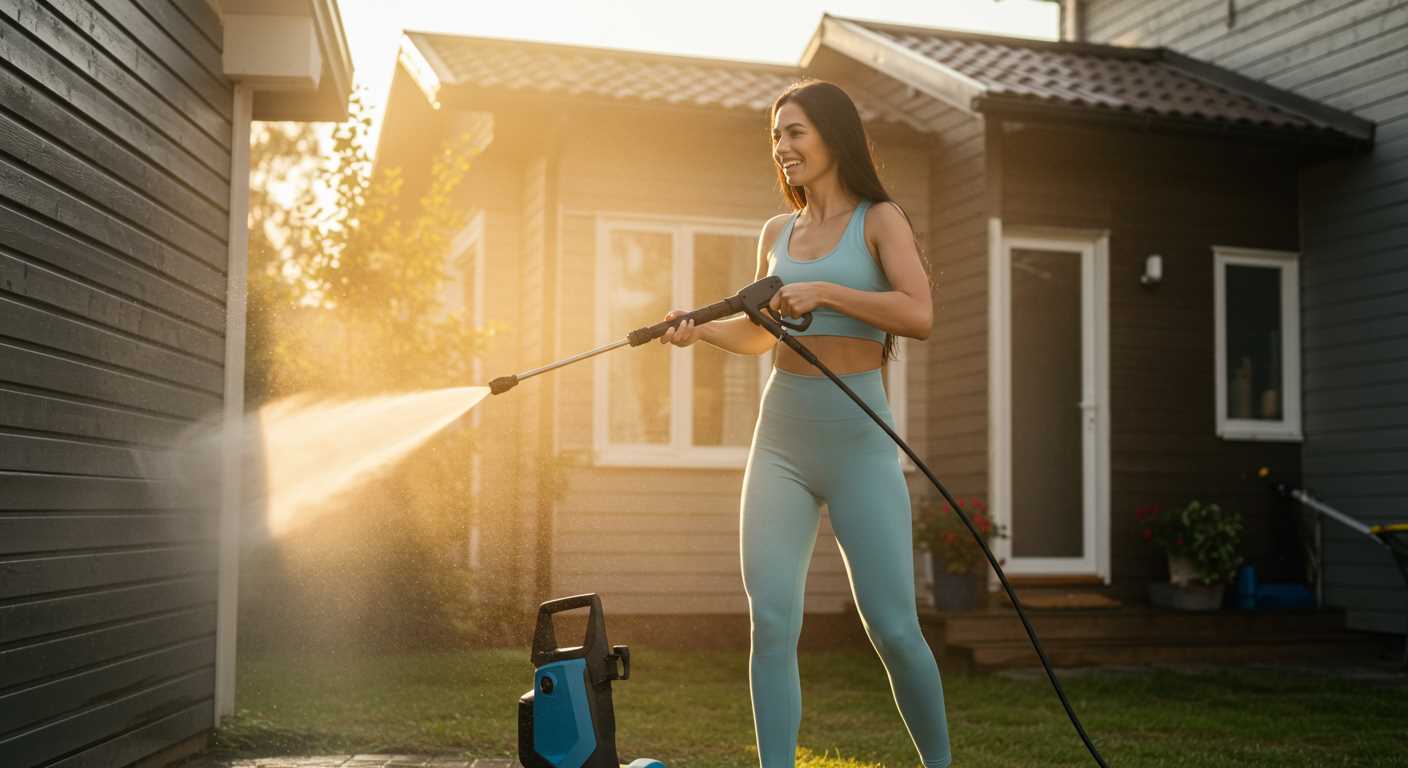
Using a pressure washer isn’t the only option for reviving worn-out surfaces. I’ve found that a combination of scrubbing and chemical solutions can yield impressive results, especially for smaller areas. My go-to method involves a stiff-bristled broom paired with a dedicated concrete cleaner. The key lies in selecting the right product; an alkaline cleaner or a degreaser can break down tough stains effectively.
Once I’ve applied the cleaner, I let it sit for the recommended time. This step allows the solution to penetrate the grime. After that, a thorough scrubbing with the broom can lift even the most stubborn residues. For larger areas, consider using a mop with a sturdy handle to cover more ground faster.
If the surface is particularly stained, a mixture of vinegar and baking soda can work wonders. This natural approach not only eliminates odours but also acts as a gentle abrasive, making it easier to scrub away dirt. I remember tackling a large patio with this method; the results were surprisingly good, and I didn’t have to rely on any loud machinery.
Finally, rinsing with a garden hose can be sufficient for removing any remaining cleaner and debris. This simple technique can restore the look of your surfaces without the need for high-pressure equipment, saving both time and effort while achieving satisfactory results.
Understanding Different Cleaning Methods for Concrete
Using a simple garden hose equipped with a spray nozzle is often an effective approach for less severe stains. This method allows for a steady flow of water, which can help to dislodge dirt and debris from the surface. For optimal results, target the area from various angles to ensure thorough coverage.
If stains are stubborn, consider a mixture of warm water and a mild detergent applied with a scrub brush. The brush’s bristles can penetrate the porous surface, helping to lift grime. Always work in small sections, and rinse the area frequently to avoid soap residue build-up.
For organic stains such as leaves or grass, a solution of vinegar and water works well. The acetic acid in vinegar effectively breaks down the organic material. After applying the solution, let it sit for about 15 minutes before scrubbing and rinsing.
In cases of oil or grease stains, a sprinkle of baking soda or corn starch can absorb the excess liquid. Allow it to sit for several hours, then scrub with a brush and wash away with water. This method is particularly useful for garage floors or driveways.
If mould or mildew is present, a mixture of bleach and water can eradicate it. However, ensure adequate ventilation during application, and always wear protective gear. After scrubbing, rinse thoroughly to prevent any bleach residue.
Lastly, consider using a commercial concrete cleaner, which can provide targeted solutions for various types of stains. Follow the manufacturer’s instructions carefully for the best results, as these products often contain specific chemicals designed to tackle tough marks effectively.
Choosing the Right Cleaning Solutions for Stains
For tackling various blemishes on surfaces, selecting the correct cleaning agent is paramount. For oil spills, a degreaser like dish soap mixed with warm water works wonders. I recall a time at a friend’s cafe where their outdoor patio was marred by unsightly grease marks. A simple solution of dish soap and a stiff brush not only lifted the stains but also left the area smelling fresh.
For rust stains, white vinegar is a go-to. Its acidity helps dissolve rust particles effectively. I once faced a stubborn rust stain on my driveway; after soaking the area with vinegar and letting it sit for a few hours, I scrubbed it away with a brush and was amazed at the results.
Concrete surfaces often fall victim to mould and mildew, especially in shaded areas. A mixture of water and bleach can eliminate these unwanted guests. However, always remember to wear gloves and ensure proper ventilation. I’ve tackled a few damp spots in my garden this way, and the transformation was remarkable.
For paint stains, a solvent like acetone or paint thinner is frequently required. I had a mishap with a paint can that spilled on my garage floor. Using a cloth soaked in acetone, I was able to lift the paint without damaging the underlying surface. Just a few minutes of patience made a significant difference.
Lastly, for general dirt and grime, a simple solution of baking soda and water can be remarkably effective. I often mix it into a paste and apply it to particularly dirty areas. After a short wait, scrubbing with a brush reveals a clean surface underneath.
Always test any solution on a small, inconspicuous area first. Each surface has its own characteristics, and what works for one might not suit another. With the right approach and a bit of effort, achieving a spotless finish is entirely feasible.
Step-by-Step Guide to Manual Concrete Cleaning
Begin with gathering the right tools and materials. A broom, stiff-bristle brush, bucket, and suitable cleaning agents are essential. Here’s a straightforward approach:
- Clear the Area: Remove furniture, planters, and any obstacles to access the surface fully.
- Dry Dusting: Use a broom to sweep away dirt, leaves, and debris. This step prevents scratching during scrubbing.
- Prepare the Cleaning Solution: Choose an appropriate cleaning agent based on the stains present. For oil, use a degreasing agent. For general grime, a mix of warm water and dish soap works well.
- Apply the Solution: Pour the mixture over the stained areas. Allow it to sit for 10-15 minutes to penetrate stubborn spots.
- Scrubbing: Use the stiff-bristle brush to scrub the surface vigorously. Work in sections to ensure thorough attention to each area.
- Rinse: If feasible, use a garden hose to rinse off the cleaning solution. If not, a bucket of clean water will suffice. Ensure all residue is removed.
- Repeat if Necessary: For persistent stains, repeat the application and scrubbing process until satisfied.
- Drying: Allow the surface to air dry completely. Avoid placing items back on the area until it has dried to prevent new stains.
This method may require some physical effort, but the results can be rewarding. Maintaining a regular cleaning schedule will make future efforts easier.
Tools You Need for Cleaning Concrete by Hand
For effective manual maintenance of surfaces, gather the following tools: a stiff-bristle broom, a bucket, a garden hose, and a scrub brush. The broom is vital for removing loose debris and dirt before tackling stains. A sturdy scrub brush is necessary for scrubbing stubborn marks, while a bucket allows for mixing cleaning solutions or rinsing tools.
Consider a squeegee for moving excess water off the surface after washing. This helps prevent puddles that might lead to further staining. An essential item is a pair of gloves to protect your hands from harsh chemicals. Depending on the specific stains, a suitable cleaning solution may be needed; this could range from vinegar and baking soda to commercial concrete cleaners.
For tough stains, a paint scraper or putty knife can be quite handy. It helps in scraping off dried substances like paint or gum. If the area is particularly large, a surface cleaner attachment for a garden hose can expedite the process, making it less labour-intensive.
After completing your work, consider investing in a pressure washer pump protector to protect your equipment for future tasks. This ensures longevity and maintains efficiency, especially if you plan to switch to more powerful cleaning methods later on.
Maintaining Clean Concrete Surfaces Long-Term
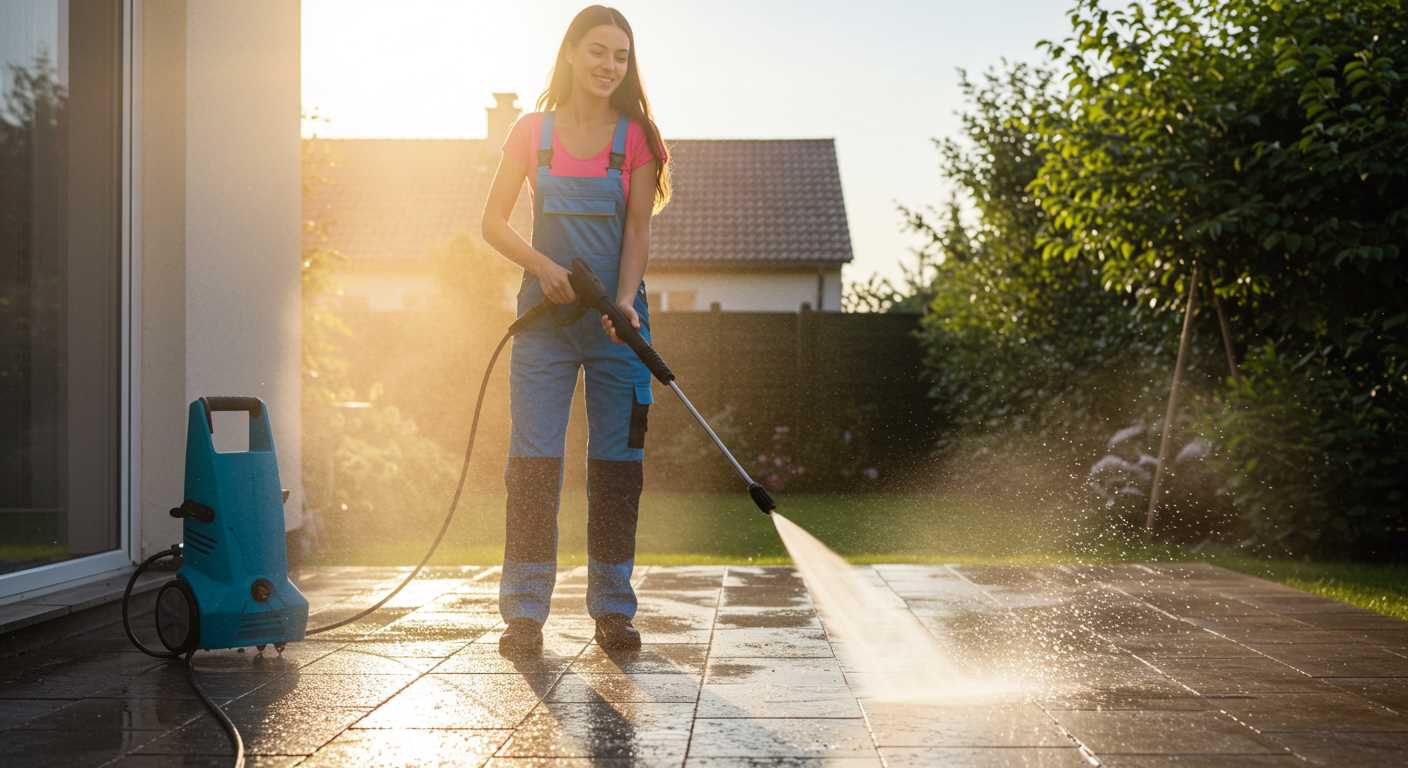
Regular upkeep is vital for the longevity of any surfaced area. One effective strategy involves sealing after the initial cleaning. High-quality sealants protect against stains and moisture, extending the life of the surface. Look for products that offer UV protection to prevent fading from sunlight exposure.
Establish a routine inspection schedule to identify any early signs of wear or damage. Addressing minor cracks or stains promptly prevents larger issues down the line. For instance, a simple mix of vinegar and water can tackle light stains while also refreshing the look. Just remember to rinse thoroughly afterward.
Incorporate a mild detergent into seasonal cleaning sessions. A solution designed for automotive applications, like the best car wash soap for pressure washers, works wonders for this purpose. These products are formulated to lift dirt without harsh chemicals that could damage the surface.
Finally, consider using mats or rugs in high-traffic areas. They act as barriers against dirt and debris, reducing the need for frequent deep cleaning. This simple addition not only maintains an appealing appearance but also saves time and effort in the long run.

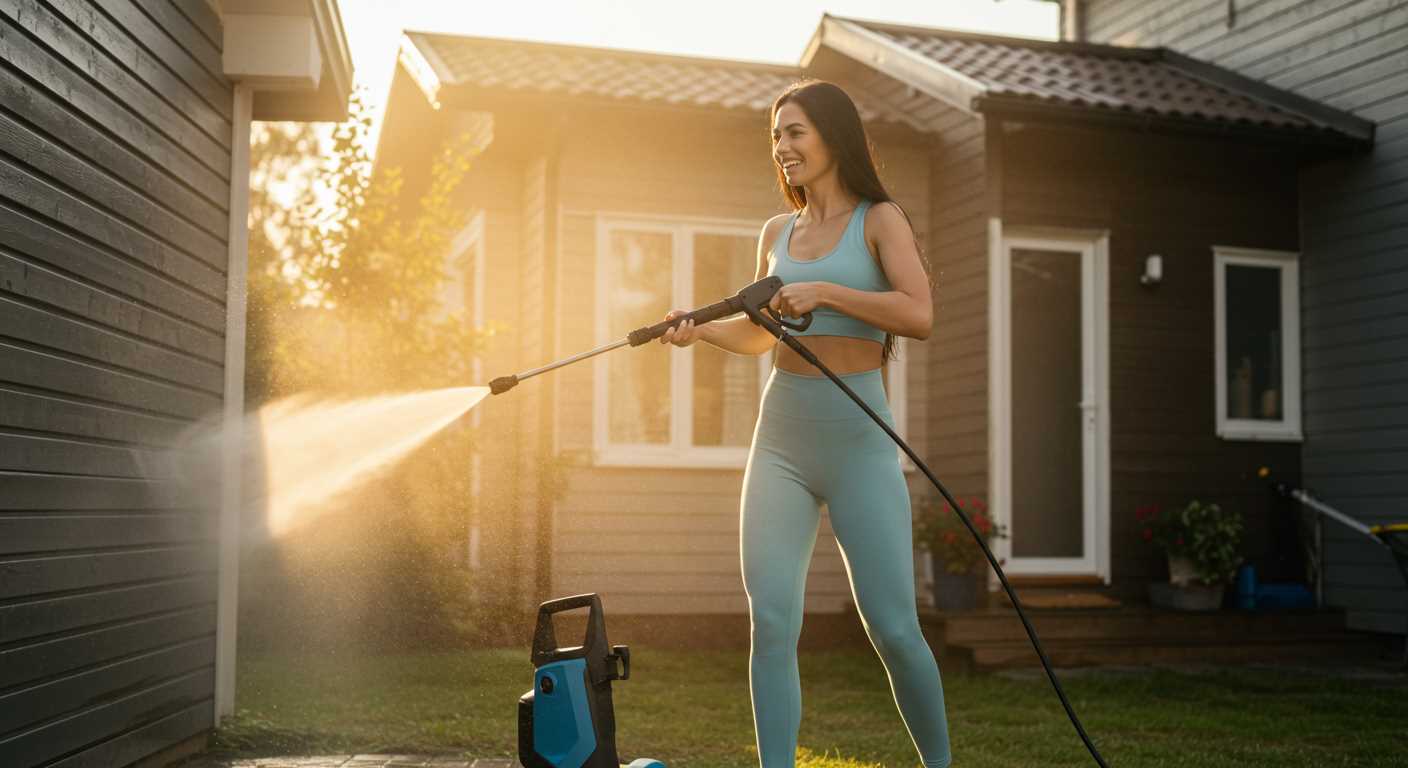

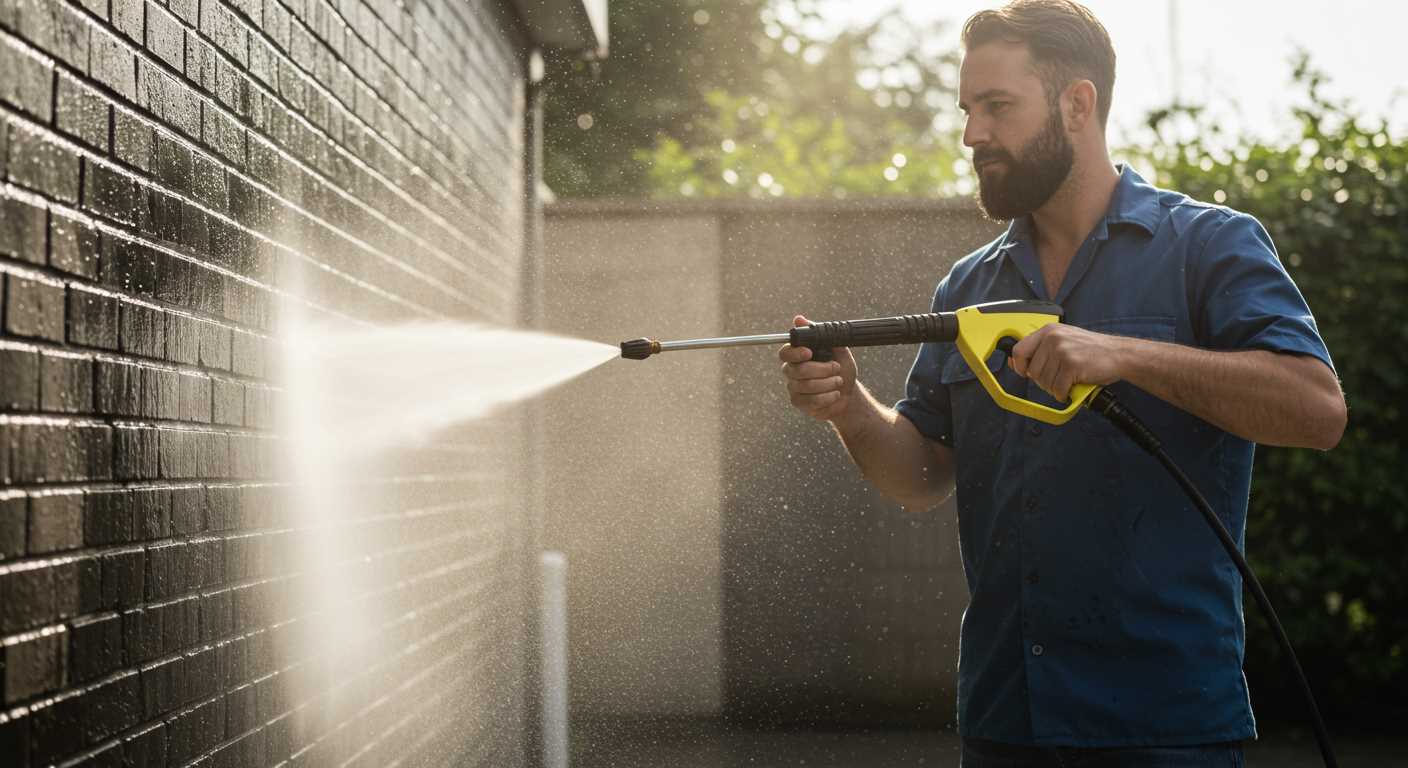
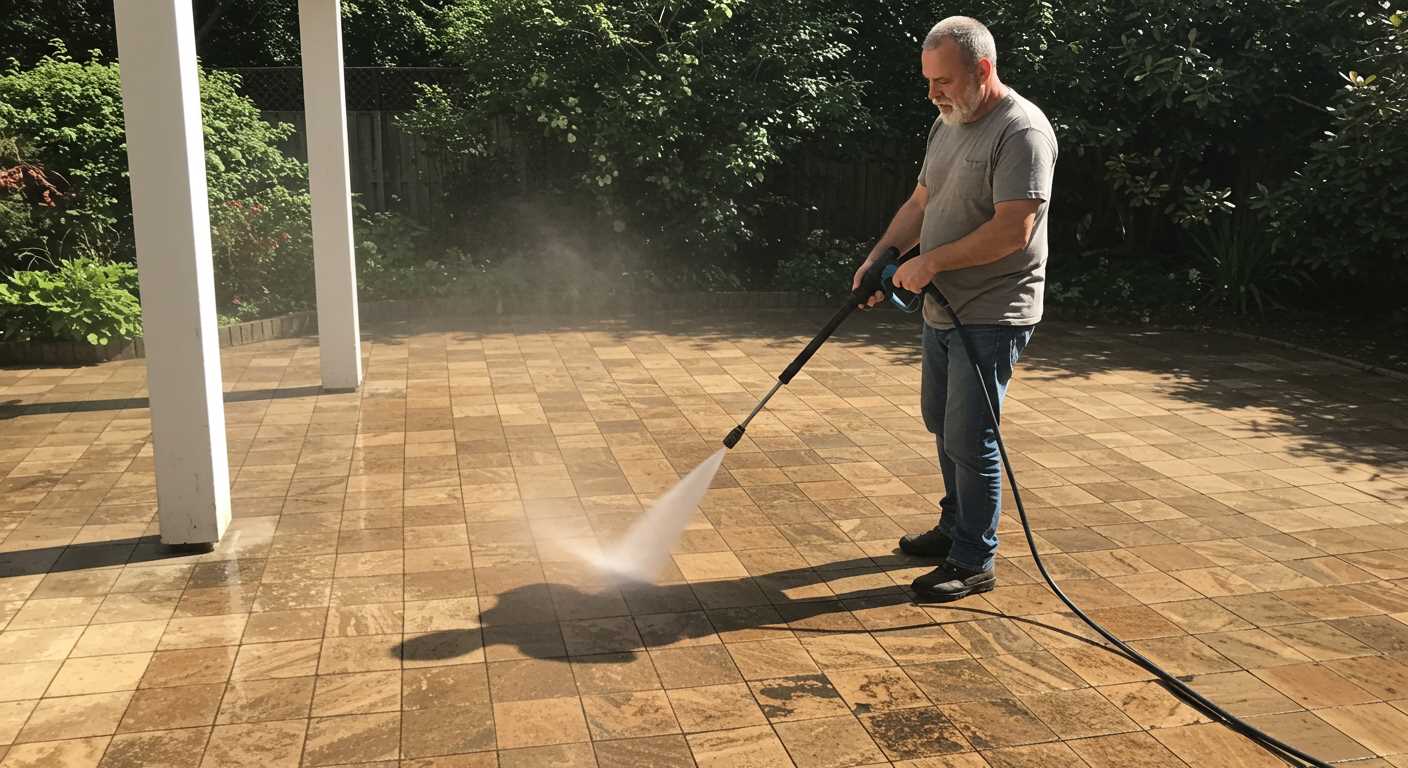
.jpg)


